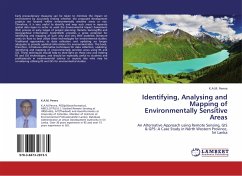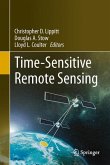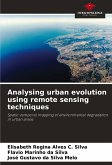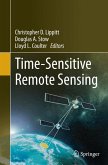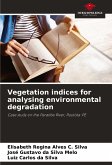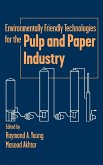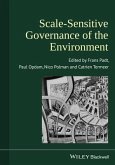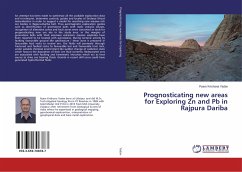Early precautionary measures can be taken to minimize the impact on environment by accurately finding whether the proposed development projects are located within environmentally sensitive areas or not. Therefore, it is very useful to identify and map such areas in separate spatial data layers in order to assist the Environmental Impact Assessment (EIA) process at early stages of project planning. Remote Sensing(RS) and Geographical Information System(GIS) provides a great potential for identifying and mapping of such area and very little academic literature exists on how to best utilize these technologies for environmental studies. Traditional approaches to data collection and updating no longer adequate to provide updated information for environmentalists. This book, therefore, introduces alternative techniques for data collection, updating, identifying and mapping of environmentally sensitive areas using RS and GIS. These techniques should help to shed light on these new and existing RS and GIS technologies, and should be especially useful to students and professionals in environmental science or anyone else who may be considering utilizing RS and GIS for environmental studies.
Bitte wählen Sie Ihr Anliegen aus.
Rechnungen
Retourenschein anfordern
Bestellstatus
Storno

